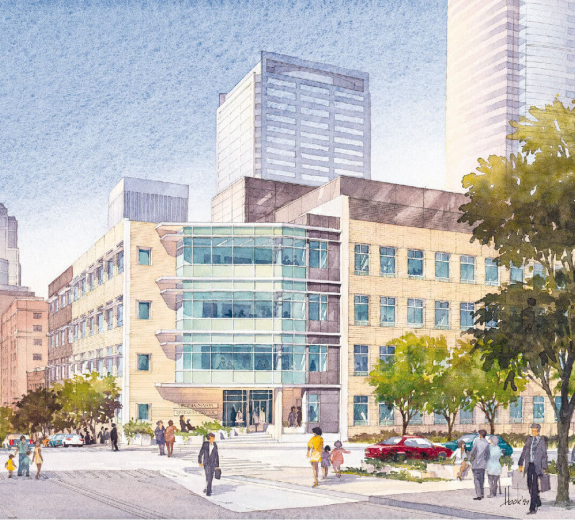
Biorepositories Accelerate Discovery
One of the nation’s greatest research treasures was developed at Benaroya Research Institute at Virginia Mason (BRI) and is being enhanced every day. The treasure is more than 100,000 blood and tissue samples contained within huge freezers. They are a gift from volunteer donors with and without disease.
“In 2000, the leadership at BRI committed to the development of biorepositories in the area of diabetes and other autoimmune diseases, long before they were considered essential tools for research,” says Jane Buckner, MD, associate director of BRI and director of the Translational Research Program. “Today, we are unique in having such a rich and broad group of biorepositories for our research. We use them in a variety of ways that allow us to translate research from the laboratory to the patients and back again. This is at the very heart of our research today — moving what we learn in the labs into what we know about human diseases from our biorepositories and then using that information to set up clinical trials.”
Database Development
The motivation for forming the biorepository was to supply geneticists and immunologists with samples for their research. A database was set up to capture the information, says Carla Greenbaum, MD, BRI director of the Diabetes Research Program, who set up the first biorepository on diabetes. Each participant was interviewed to develop a “family tree” of autoimmunity. They were asked to have their family members donate blood samples as well to look for genes that may be causing autoimmune diseases and other biomarkers that are associated with disease. BRI has followed participants for several years, taking multiple samples to test in the labs.
A biorepository, or biobank, consists of blood and tissue samples linked to medical and demographic information collected from people with a specific disease or condition. All of the information gathered is kept confidential, and samples and health information used by scientists are coded with a number. BRI actively maintains 10 different biorepositories including one with healthy samples for comparison purposes.
“BRI uses the biorespositories to better understand the biomarkers associated with the progression of these diseases and identify targets for new therapies,” explains Dr. Buckner. “We also compare the samples donated by these research participants with samples from healthy volunteers to advance our understanding of how and why autoimmune and other diseases develop, and to identify how genetic risk factors for the diseases affect the immune system to cause disease.
“We collaborate with other researchers to use this information and also have collaborative agreements with pharmaceutical companies to integrate scientific discovery, the development of diagnostic and treatment solutions and their clinical application,” Dr. Buckner notes. “We anticipate that this will accelerate as never before our ability to better understand, diagnose and treat these illnesses.”
Immuno-what? Hear the latest from BRI
Keep up to date on our latest research, new clinical trials and exciting publications.


